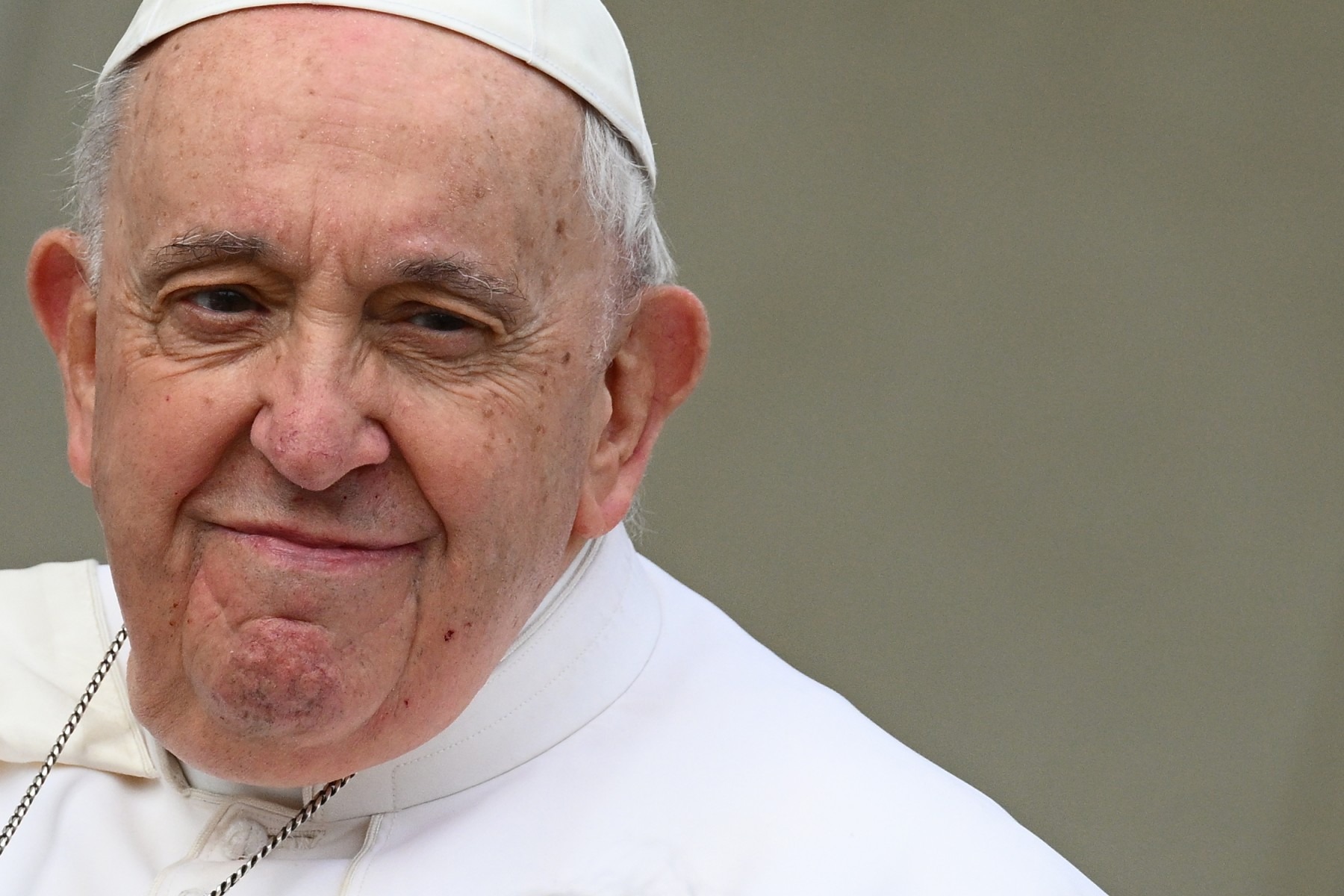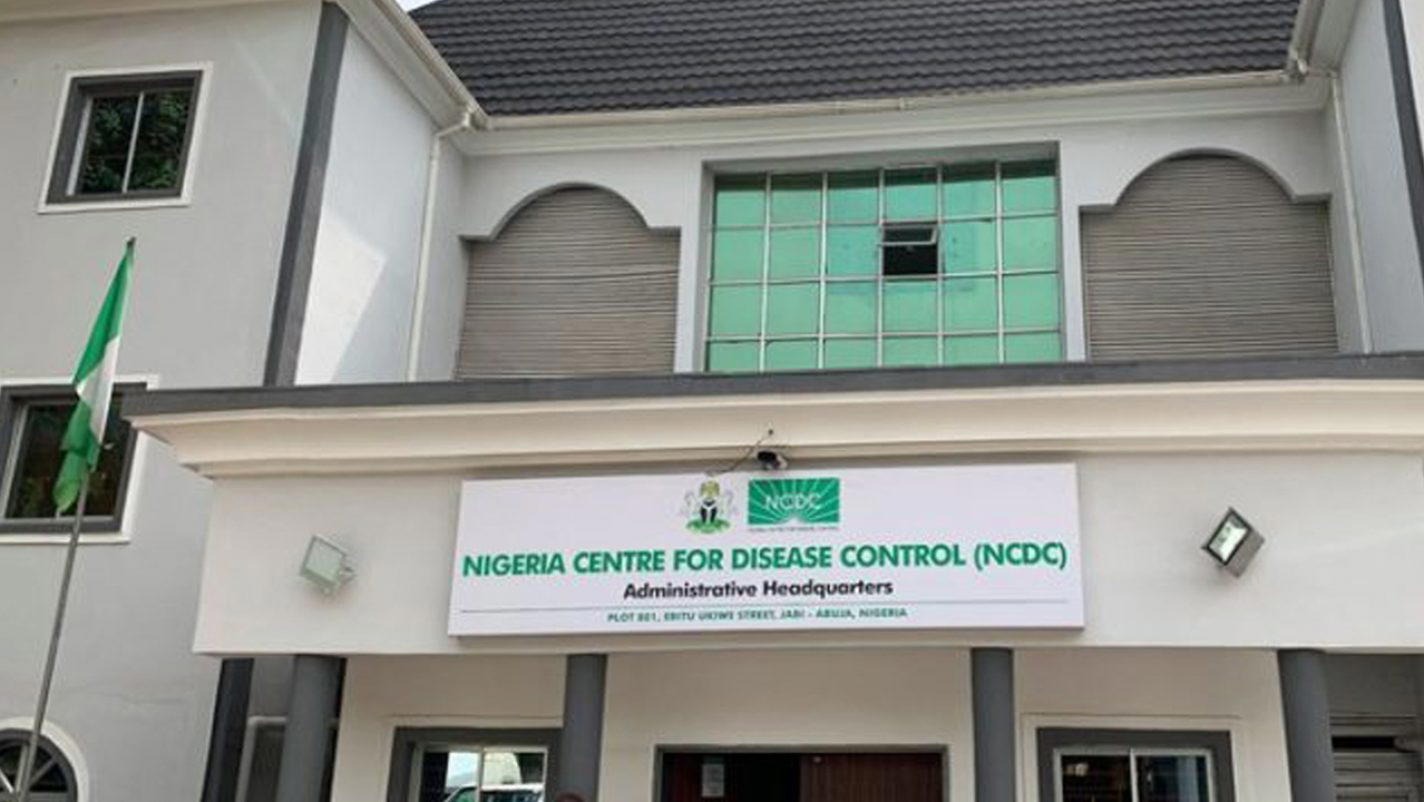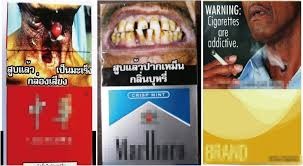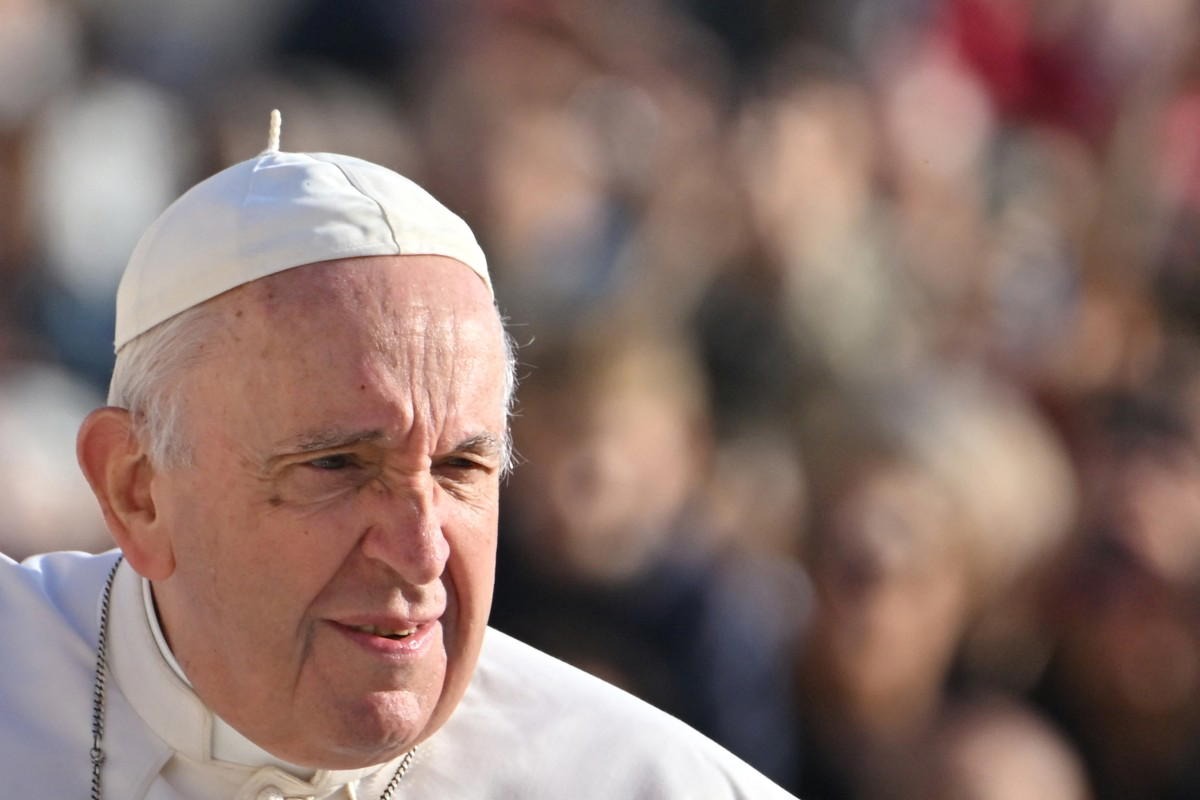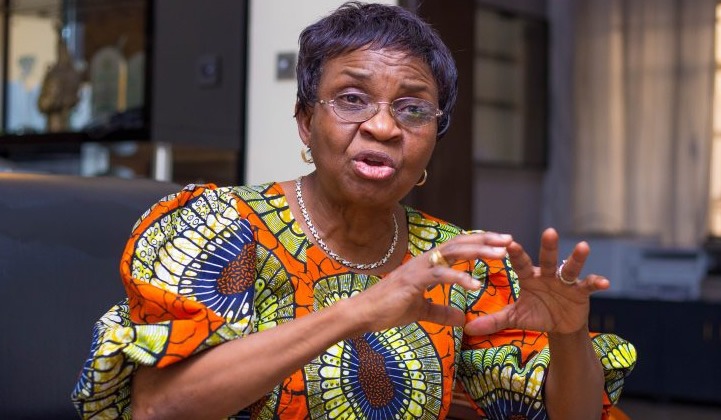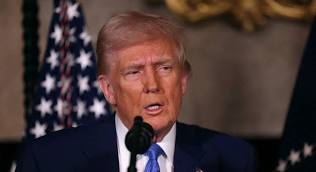Pope Francis was “resting” Thursday after spending a “peaceful night”, as he nears three weeks in hospital with pneumonia, the Vatican said. The 88-year-old had used an oxygen mask overnight for a third time, the Holy See said. The pontiff was hospitalised on February 14 at Rome’s Gemelli hospital with breathing difficulties but is now …
